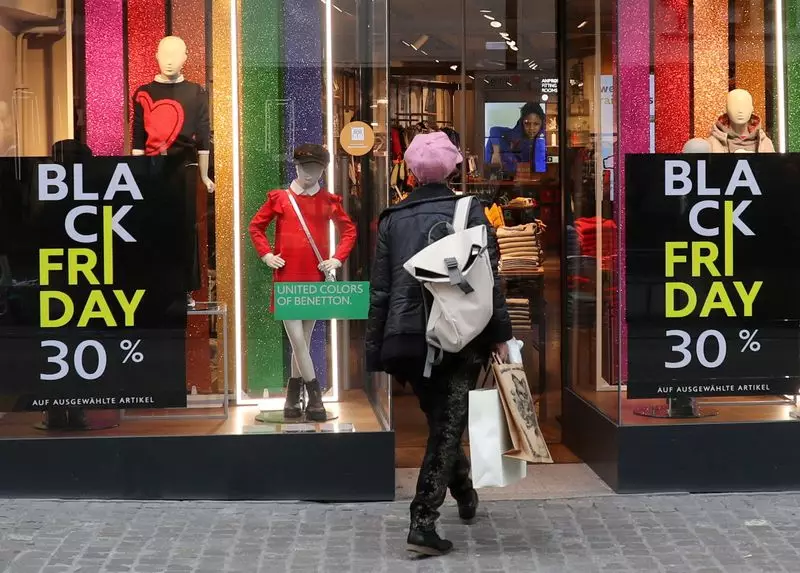In the ever-changing landscape of retail, the preferences of consumers continue to evolve significantly. A recent analysis from the Bank of America Institute scrutinizes the surge in online shopping and its implications for traditional holiday shopping patterns. The data reveals a notable trend: lower-income households are adapting their shopping strategies, shifting their focus away from brick-and-mortar (B&M) stores in favor of online platforms that offer better deals. This transformation underscores a critical pivot in consumer behavior that has been growing since the onset of the pandemic.
One of the key findings from the report highlights a 5% reduction in in-person holiday spending at physical stores compared to pre-pandemic levels in 2019. This drop is particularly pronounced during significant shopping periods, such as Black Friday and Christmas Eve. Consumers are not only shopping earlier in the season but are increasingly favoring the convenience of online shopping, a trend that resonates strongly with the constraints faced by many households.
Cyber Monday has emerged as a significant player in the holiday shopping calendar, gaining an additional 2% share of total holiday spending. This growth indicates a shift in consumer preference towards online shopping, as it combines convenience with attractive discounts that are hard to resist. In August 2024, it was found that online transactions represented approximately 26% of total retail card spending, reflecting a 1.5 percentage point increase over the past two years. This surge can be primarily attributed to households earning under $50,000 a year, highlighting the demand for affordability amongst budget-conscious shoppers.
Online platforms have thus become not just an alternative but a preferred mode of shopping during the holiday season. Notably, the peak periods align with critical dates. Online sales experience a significant spike on Cyber Monday, with another surge just before Christmas as shoppers race to ensure timely delivery for their gifts. The trend of prioritizing online shopping represents a significant transformation in consumer habits, particularly for those seeking value during peak shopping seasons.
While lower-income households are progressively moving towards online shopping, the same cannot be said for higher-income consumers. Data reveals that there has been a mere 4% decline in mall spending among affluent shoppers since 2021—a stark contrast to the 20% fall experienced by lower-income households. This trend indicates that higher-end shopping areas retain a measure of stability, even as digital marketplaces flourish.
The findings suggest a bifurcation in the shopping experience, where wealthier consumers continue to engage with and support traditional retail environments, while those on tighter budgets seek online transactions. This divergence implies that malls may evolve to cater to a different clientele, further altering the traditional retail landscape.
As consumer behavior continues to shift, traditional holiday hotspots are experiencing diminishing influence. The report forecasts that the share of holiday spending occurring in malls will decline, having already dropped to 15% during the critical two-week period around Christmas in 2023—down 3 percentage points since 2019. In the same timeframe, online shopping is on the verge of matching B&M sales during the holiday season, a striking sign of changing consumer dynamics.
Retailers are keeping a keen eye on potential disruptions that could stem from external factors, such as recent port strikes. Nonetheless, Bank of America Global Research anticipates minimal effects unless these disruptions become extensive. The strategic response of retailers may involve absorbing extra costs to keep prices stable for consumers.
As we approach the 2024 holiday season, one can expect ongoing growth in online spending, particularly from lower-income households that prioritize finding the best deals. This rivalry among retailers to capture attention and market share is likely to intensify, ushering in a highly competitive retail environment marked by innovation and an increasing focus on consumer needs.
The evolving landscape of holiday shopping underscores a significant shift towards online platforms, driven by changing economic realities and consumer behaviors. Retailers must adapt to these transformations, ensuring they remain relevant in a world where convenience and value reign supreme.

